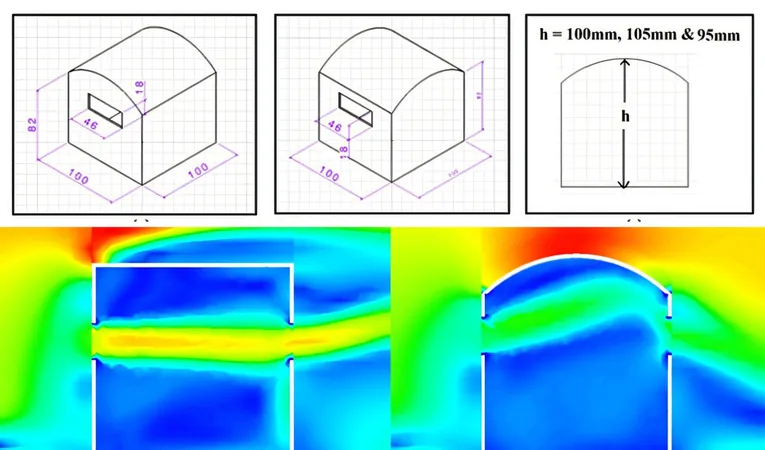
Breakthrough Model Reveals Risk of Blast Phase in Myeloproliferative Neoplasms! Find Out How It Works!
2024-11-12
Author: Yu
Introduction
In an exciting new development, researchers in Germany have created a cutting-edge model that employs 12 genetic markers to effectively categorize patients with various myeloproliferative neoplasms (MPNs), such as chronic myeloid leukemia (CML) and BCR::ABL1 negative MPNs including polycythemia vera (PV), primary myelofibrosis (PMF), and essential thrombocythemia (ET). This innovative tool aids clinicians in precisely determining the risk of patients progressing to the critical blast phase (BP) of the disease.
Understanding Myeloproliferative Neoplasms
Myeloproliferative neoplasms are clonal blood disorders arising from the abnormal proliferation of blood cells in the bone marrow. According to the World Health Organization (WHO), these disorders have been categorized into eight subclasses, with the four classical types being CML, PV, PMF, and ET. Each of these is associated with specific mutations in key driver genes like JAK2, CALR, and MPL.
Limitations of Traditional Diagnosis
Traditional diagnosis relies on examining the unique morphological characteristics of these disorders; however, this method often fails to account for overlapping features and the potential for changes between MPN types. Both PV and ET patients risk transitioning to post-PV or post-ET myelofibrosis, revealing the complex genetic landscape of these conditions. Compounding this complexity, some patients may progress to the blast phase, also known as leukemic transformation, marked by the presence of bone marrow blasts exceeding 20%.
Advances in Research
In this recent study, the researchers aimed to leverage the power of genetic markers to enhance the classification of MPNs and assess the risk of progression to BP more accurately. They developed a sophisticated machine-learning model based on the analysis of these 12 genetic markers, which can provide critical prognostic information in a straightforward decision tree format for medical professionals. The study analyzed data from over 500 patients, ultimately genetically characterizing 355 individuals diagnosed with one of the four classic MPNs.
Key Findings
The findings were sobering: nearly 20% of cases progress to BP, frequently driven by mutations in the TP53 and SRSF2 genes. An in-depth analysis of paired samples from chronic phase MPNs and BP led to revelations of an increased prevalence of high-risk mutations, which highlights the emergence of aggressive new clones as a key factor in the progression. Notably, mutations in genes such as SRSF2, TET2, RUNX1, and TP53 were found to correlate with increased risk of transition to BP, with patients diagnosed with ET displaying a risk level that is higher than previously understood.
Implications for Treatment and Prognosis
This advanced model not only improves the accuracy of diagnosing specific MPN subtypes but also significantly enhances the assessment of the risk of progression to BP. By facilitating more informed prognostic and treatment decisions, the model emphasizes the urgent need for expanded genetic testing necessities in MPN classification and risk evaluation. Early and precise identification of progression to BP is critical; targeted therapies can dramatically improve patient outcomes and effectively manage the disease's progression.
Conclusion
In the ever-evolving landscape of cancer treatment, this groundbreaking research paves the way for better personalized medicine approaches for patients with MPNs. Keeping abreast of such advancements can be life-changing for many, and early adoption of these techniques may very well alter the prognosis for countless individuals facing these harrowing diseases.




 Brasil (PT)
Brasil (PT)
 Canada (EN)
Canada (EN)
 Chile (ES)
Chile (ES)
 España (ES)
España (ES)
 France (FR)
France (FR)
 Hong Kong (EN)
Hong Kong (EN)
 Italia (IT)
Italia (IT)
 日本 (JA)
日本 (JA)
 Magyarország (HU)
Magyarország (HU)
 Norge (NO)
Norge (NO)
 Polska (PL)
Polska (PL)
 Schweiz (DE)
Schweiz (DE)
 Singapore (EN)
Singapore (EN)
 Sverige (SV)
Sverige (SV)
 Suomi (FI)
Suomi (FI)
 Türkiye (TR)
Türkiye (TR)